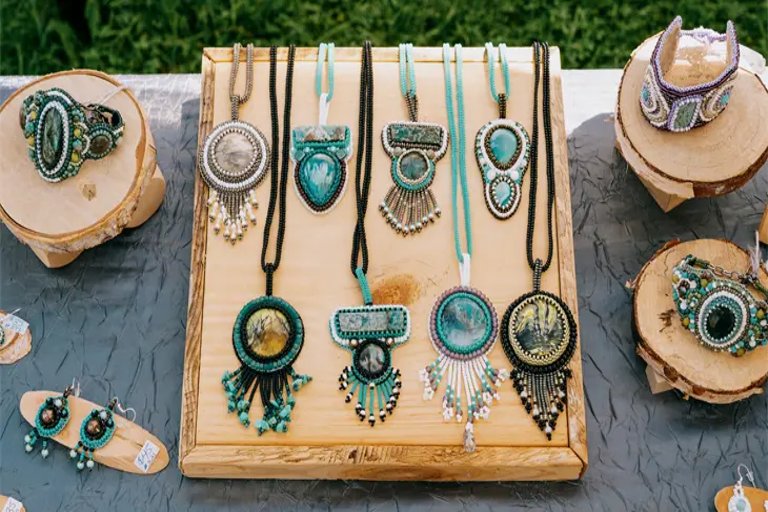Across Canada, a growing number of artisans are reviving traditional craftsmanship by blending heritage techniques with modern design sensibilities. From small workshops to community studios, these makers are reintroducing time‑honoured skills such as wood carving, leatherwork, pottery, and metal forging to audiences eager for authenticity. Their work reflects a deep respect for culture and craftsmanship at a time when mass production dominates many consumer markets.
Many artisans attribute the resurgence of handcrafted goods to a renewed appreciation for items that carry a personal story. Unlike factory‑produced pieces, handmade creations often reveal the maker’s techniques, imperfections, and inspirations. This authenticity resonates with Canadians who value sustainability, longevity, and the emotional connection that comes from owning something made with intention and care.
Workshops across the country are seeing an increase in students eager to learn traditional skills. Some attend to reconnect with cultural practices passed down through generations, while others simply want a hands‑on alternative to digital routines. Instructors say this interest helps ensure that traditional disciplines remain vibrant and relevant, encouraging new makers to continue building on centuries‑old knowledge.
In rural communities, artisan crafts have become vital contributors to local economies. Small businesses selling handmade textiles, carvings, and ceramics benefit from tourism, seasonal markets, and online sales platforms. Many makers collaborate with neighbouring farms, bakeries, or cultural centres to host events that bring residents and visitors together while strengthening community identity.
Indigenous artists play a central role in preserving traditional craftsmanship, sharing cultural knowledge through beadwork, cedar weaving, drum making, and carving practices that carry deep spiritual significance. Their work is increasingly recognized in galleries, museums, and festivals across Canada, helping broaden understanding of Indigenous perspectives and craftsmanship among wider audiences.
Some artisans have embraced contemporary tools to support traditional work. Laser cutters, digital design software, and modern kilns allow makers to refine their craft while maintaining the authenticity of their methods. This blend of old and new helps artisans reach global markets without sacrificing the cultural integrity of their creations.
Environmental consciousness is another major driver behind the renewed interest in handmade goods. Many artisans prioritize locally sourced materials, eco‑friendly production methods, and small‑batch processes that reduce waste. Consumers concerned about sustainability appreciate knowing where their products come from and how they are made.
Craft markets, pop‑up events, and artisan fairs continue to grow in popularity, offering makers a platform to share their work and connect directly with customers. These events foster a sense of community and encourage visitors to support local talent. Many artisans say the conversations they have with shoppers are as meaningful as the sales themselves.
Online platforms have also expanded opportunities for Canadian artisans to reach international buyers. Through storytelling, process videos, and behind‑the‑scenes glimpses, makers can showcase the dedication and skill behind their work. This transparency helps build trust and appreciation among customers who value craftsmanship.
As interest in traditional craftsmanship continues to rise, Canadian artisans remain optimistic about the future. Their work not only preserves cultural heritage but also inspires a deeper appreciation for the creativity and skill that define handmade goods. By continuing to innovate while honouring the past, these makers are shaping a vibrant and enduring craft movement across the country.
